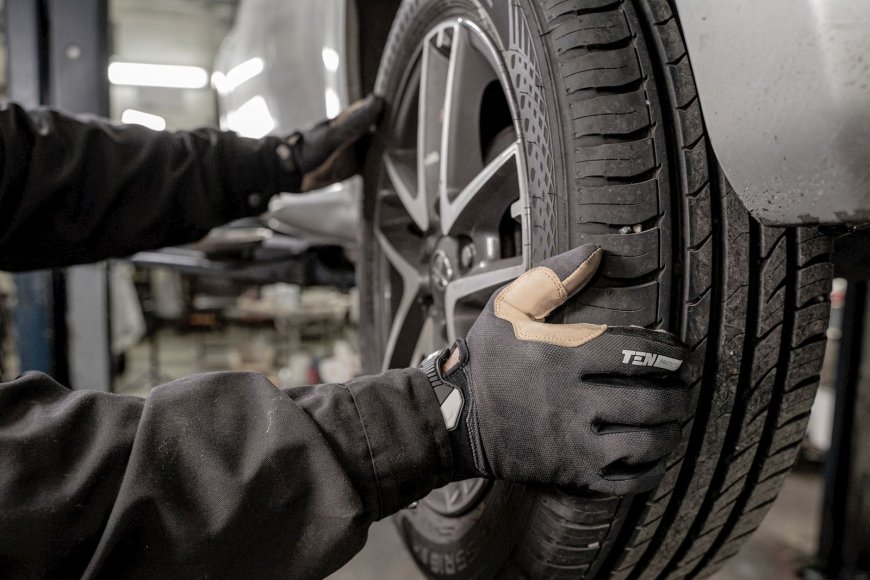The Crucial Role of Tires and Suspension in Vehicle Performance
The Importance of Tires in Vehicle Performance
Types of Tires
-
All-Season Tires: Suitable for a wide range of conditions but may not excel in extreme weather.
-
Performance Tires: Designed for better handling and speed, often used in sports cars.
-
Winter Tires: Provide better traction in snowy and icy conditions.
-
Off-Road Tires: Built to withstand rough terrains and provide better grip on unpaved surfaces.
Choosing the Right Tires
|
Tire Type
|
Best For
|
Pros
|
Cons
|
|
All-Season
|
General use
|
Versatile, long-lasting
|
Not ideal for extreme conditions
|
|
Performance
|
Sports and high-speed
|
Excellent grip and handling
|
Shorter lifespan, expensive
|
|
Winter
|
Snow and ice
|
Superior traction in cold conditions
|
Noisy, quicker wear in warm weather
|
|
Off-Road
|
Unpaved surfaces
|
Durable, excellent off-road performance
|
Poor fuel efficiency, noisy
|
Suspension Systems: Backbone of Vehicle Handling
Types of Suspension Systems
-
Independent Suspension: Each wheel moves independently, providing better handling and comfort.
-
Dependent Suspension: Wheels are linked, which can be less comfortable but more durable.
-
MacPherson Strut: Common in modern cars, offering a balance between performance and comfort.
-
Double Wishbone: Provides superior handling and is often found in sports cars.
Upgrading Your Suspension
-
Shocks and Struts: These are critical for absorbing bumps and maintaining tire contact with the road.
-
Springs: Coil springs, leaf springs, and torsion bars all play a role in ride height and comfort.
-
Sway Bars: Help reduce body roll during cornering.
Benefits of Upgrading Tires and Suspension
-
Improved Handling: Better tires and suspension can significantly enhance your car's cornering abilities.
-
Increased Safety: Superior grip and stability reduce the risk of accidents.
-
Enhanced Comfort: Quality suspension systems can smooth out the ride, making long journeys more enjoyable.
-
Better Aesthetics: Custom tires and suspension setups can give your car a sportier, more aggressive look.
Installation and Maintenance Tips
-
Professional Installation: Always consider professional installation for both tires and suspension components to ensure optimal performance and safety.
-
Regular Maintenance: Keep your tires properly inflated and aligned. Regularly check your suspension components for wear and tear.
-
Seasonal Changes: If you live in an area with significant seasonal changes, consider switching between summer and winter tires accordingly.
Cost Considerations
|
Component
|
Average Cost (USD)
|
|
High-Performance Tires
|
$150 -$300 per tire
|
|
Winter Tires
|
$100 -$200 per tire
|
|
Suspension Kits
|
$500 -$1500
|
|
Professional Installation
|
$100 -$500
|
